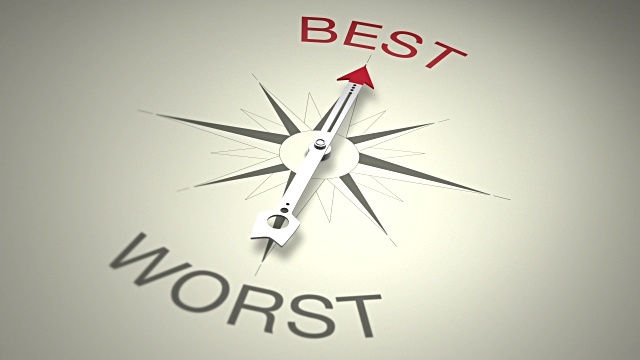the challenger sale
-
Those Who Follow Sales Best Practices Don’t Necessarily Become Top Performers
- June 24, 2016
- Posted by: Dave Kurlan
- Category: Understanding the Sales Force

You’ll regularly find me writing about the science – the data – that differentiates top sales performers from the bottom. But today, I’ll move into the world from which everyone else in this space operates – anecdotal evidence and opinions.
I will cite two sources for this article:
The 130 sales consulting firms that partner with me at Objective Management Group (OMG) and provide our award-winning sales force evaluations and sales candidate assessments;
The tens of thousands of salespeople, sales managers and sales leaders that I have personally trained.In both groups of people I have noticed a few things that are common to the tops and not so much the bottoms and I’m certain that if you paid attention, you would recognize some of the same patterns in your organization.
-
Sales Coaching and the Challenges of Different Types of Salespeople
- February 8, 2016
- Posted by: Dave Kurlan
- Category: Understanding the Sales Force

Recently a reader directed me to a video on the Harvard Business Review site. They rarely have accurate, relevant sales-specific information there, so I clicked over with great anticipation.
-
The Challenge of the Challenger Sales Model – The Facts
- October 21, 2013
- Posted by: Dave Kurlan
- Category: Understanding the Sales Force
If we are discussing a transactional sale, then he is completely correct. Let the customer just buy what they want to buy and don’t complicate it. But most of us in the sales consulting space don’t consult to companies with a transactional sale – that’s marketing’s job to get more people to buy!

